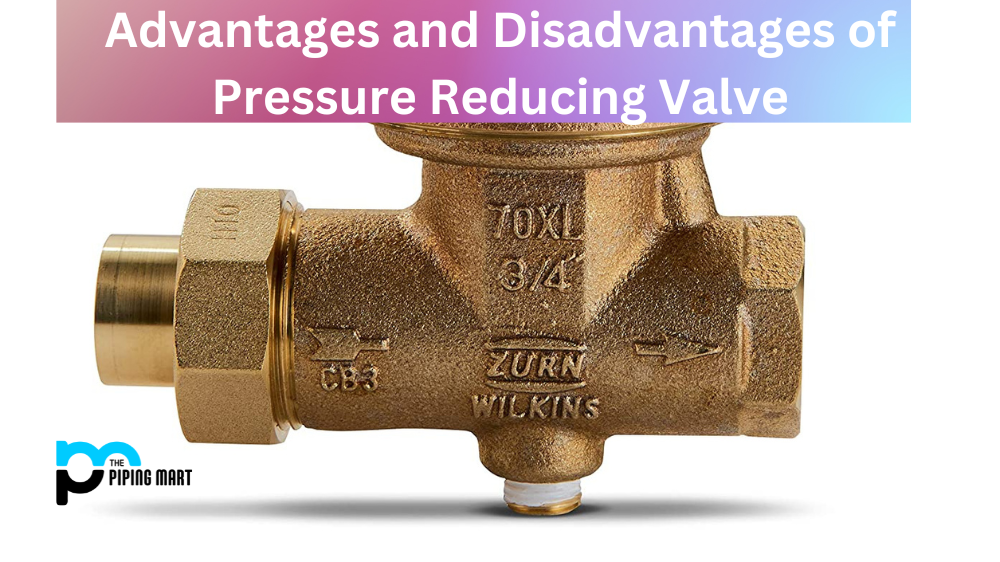A pressure-reducing valve is an important component in many industrial applications. It’s designed to regulate the pressure of a fluid or gas and maintain it at a constant level. This ensures that the system is safe and functions properly. But there are advantages and disadvantages to using this type of valve, so let’s take a look at what these are.
Advantages of Pressure Reducing Valve
A pressure-reducing valve has a number of advantages, including:
Improved safety
By keeping the pressure within a certain range, you reduce the risk of equipment failure due to excessive pressure. This also helps reduce any risks associated with high-pressure systems, such as explosions and fires.
Reduced energy costs
A well-sized pressure-reducing valve can help reduce energy costs by ensuring that your system is operating at its optimal efficiency. This reduces wear and tear on your equipment and helps ensure that it lasts longer.
Improved performance
Pressure-reducing valves also help keep your system running smoothly by ensuring that all components are being supplied with the necessary amount of pressure. This ensures optimal performance and reduces any potential issues caused by inconsistent pressure levels.
Pressure-reducing valves (PRVs) are used to regulate the pressure in a system.
- PRVs can help to improve the efficiency of a system by ensuring that the pressure is maintained at a constant level.
- PRVs can also help to protect equipment from damage that can occur when the pressure in a system is too high.
- PRVs can also help to reduce noise levels in a system by absorbing excess pressure.
- PRVs are available in a variety of sizes and configurations, so they can be customized to meet the needs of any system.
Disadvantages of Pressure Reducing Valve
Despite the many benefits, there are some drawbacks to using a pressure-reducing valve as well, including:
Cost
The cost of purchasing and installing a pressure-reducing valve can be quite expensive, depending on the size and complexity of your system. Additionally, you may need to hire professionals for installation, which could add additional costs to your project.
Maintenance required
In order for your system to function properly, you will need to regularly inspect and replace parts on your pressure-reducing valve if necessary. This requires regular maintenance, which could add time and cost to your project if done incorrectly or neglected.
Limited effectiveness
If not sized correctly or installed improperly, you may find that your pressure-reducing valve does not effectively regulate the flow rate within your system as expected, causing operational issues or even damage to equipment over time if left unfixed.
Pressure-reducing valves can fail, causing a sudden loss of pressure.
- If the pressure-reducing valve fails in the closed position, it can cause a build-up of pressure in the system.
- If the pressure-reducing valve fails in the open position, it can cause a sudden drop in pressure, which can be dangerous.
- Pressure-reducing valves can become fouled with dirt and debris over time, which can reduce their efficiency.
- Pressure-reducing valves require regular maintenance and inspection to ensure they are functioning properly.
Conclusion:
Overall, there are both advantages and disadvantages when it comes to using a pressure-reducing valve in industrial applications — from increased safety to improved performance on the one hand; from high installation costs to ongoing maintenance requirements on the other hand — so it’s important for website owners and SEO newbies alike who use these valves in their operations understand both sides before making their decision. Ultimately though, if done correctly, they can be an invaluable tool in keeping systems safe while improving efficiency at the same time!

A passionate metal industry expert and blogger. With over 5 years of experience in the field, Palak brings a wealth of knowledge and insight to her writing. Whether discussing the latest trends in the metal industry or sharing tips, she is dedicated to helping others succeed in the metal industry.




